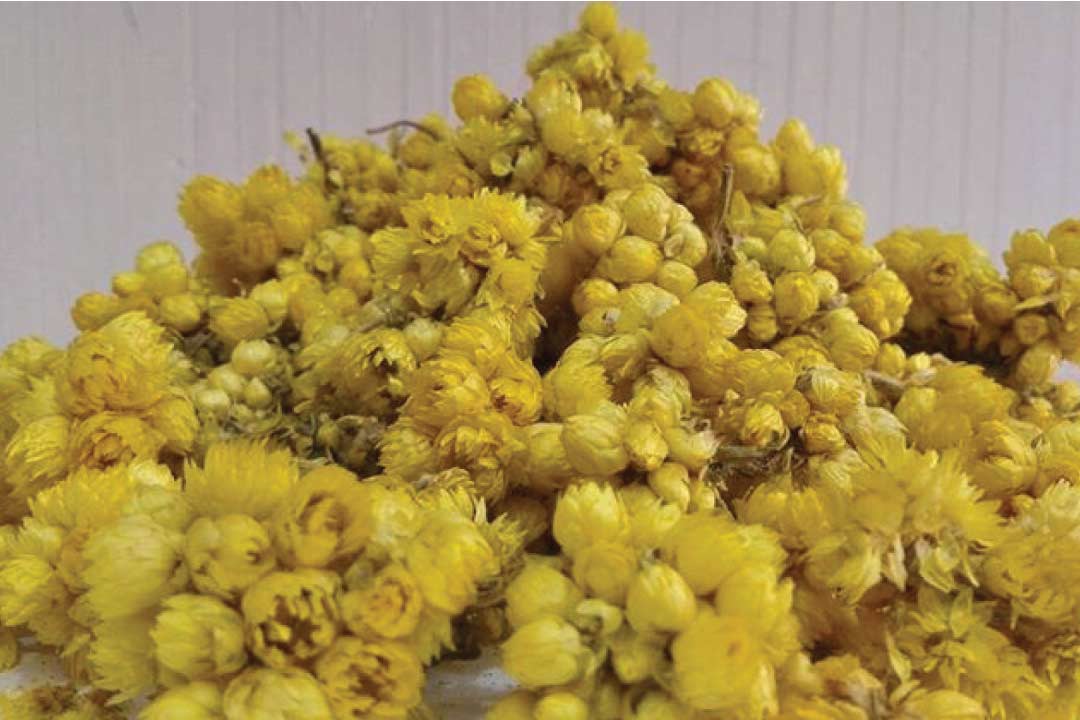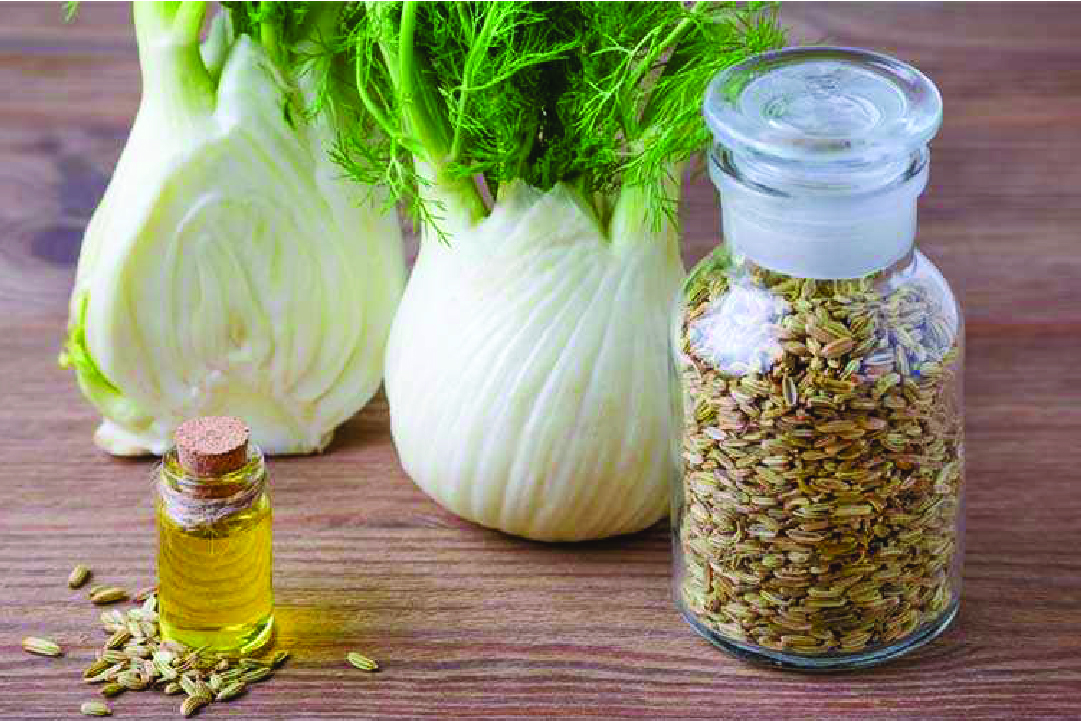Descurainia sophia(Flixweed) is a one-year or two-year herb whose height reaches up to one meter. It is generally used as a medicinal plant in the traditional medicine of Iran, China and India.
It grows in many parts of the world and has been recognized as an important medicinal plant in recent years. This plant is used in the medical traditions of Iran, China and other Asian countries as a herbal medicine to treat many diseases.
The seeds of this plant are cold, and for this reason, most people use Flixweed in the summer to prevent heatstroke.
People who are cold-tempered should not overdo it.
The flowers of this plant are pale yellow and its seeds are reddish brown. In Iran, Flixweed is grown in most areas, including Azerbaijan, Khorasan and around Tehran, and its harvesting time is usually August and September.
Use of Descurainia sophia(Flixweed)
- Soaked: Soak the Descurainia sophia(Flixweed) in cold water for several hours and then eat. You can add sugar or candy to it and pour it in a glass of cold water and drink it.
- Decoction: boil Descurainia sophia(Flixweed) with water for 10 minutes and eat after it cools down.
- Poultice: To cure wounds, injuries and swellings, beat the Descurainia sophia(Flixweed) and make it into a poultice.
Varieties of Descurainia sophia(Flixweed)
There are two types of this medicinal plant in terms of diversity:
- A bitter one whose seeds are small and red in color
- The other is sweet, whose seeds are more prominent and dark red (brownish).
Properties
- Fatty liver treatment
- Lower blood pressure
- Relief of skin inflammations
- Facial acne treatment
- Treatment of hypothyroidism
- Relieve stomach and intestinal pain and inflammation
- Treatment of heartache and diarrhea
- Treatment of gallstones
- Reduce inflammation of the prostate
- Slimming and weight loss (by improving bowel function)
- Treatment of joint pain
- Heals wounds and injuries
- It has antipyretic properties.
- It causes the excretion of kidney stones.
- It is effective in getting rid of parasites.
- It has a lot of vitamin C
- Effective in the treatment of scarlet fever and measles.
- It is effective in treating cancer.
- Eliminates bad breath.
- They use milk thistle supplement to improve mastitis.
- It affects the treatment of gout.
- Improves hoarseness.
- Eliminate inflammation of the tonsils
- Reduce uterine discharge or vaginal infection
- Improvement of hair loss and itchy scalp
- Strengthening the sexual power of women and men
- Useful for treating varicose veins
- Useful for treating bronchitis
Harms of Descurainia sophia(Flixweed)
- Flaxid has a cold nature and is not suitable for those suffering from rheumatism and arthritis.
- Although Flixweed is effective in treating constipation, consuming too much of it can also increase constipation. High consumption of this plant increases the risk of developing megacolon.
In this disease, the intestine expands and the person is unable to expel feces and intestinal gases.
- High consumption of this plant during breastfeeding causes bloating and heartache in the baby and mother.
- Long-term use of Flixweed reduces bowel activity due to its laxative properties. As a result, the intestines cannot perform the act of excretion without the presence of laxatives.
- Flixweed increases swelling and stomach ulcers.
- Taking Flixweed can cause headaches in some people. If these people are willing to take Flixweed, they can take it with a incense stick.
- Flixweed seeds are very small. These seeds may be mixed with a lot of soil and sand. For this reason, if you wash it incorrectly and use too much, you will get kidney stones over time.
Nutritional value table
| based on the approximate value of 100 grams | |
| calories | 13% |
| Carbohydrate | 19% |
| Protein | 10% |
| threonine | 42% |
| Lucien | 35% |
| Wallin | 35% |
| Histidine | 28% |
| Methionine + Cysteine | 35% |
| isoleucine | 41% |
| lysine | 26% |
| Tryptophan | 65% |
| Tyrosine + Phenylalanine | 37% |
| fat | 6% |
| PUFA essential fats | 7% |
| Omega 6 | 3% |
| Omega 3 | 91% |
| SFA | 3% |
| fiber | 0% |
| water | 1% > |
| MUFA | 5% |
| total sugar | 0% |
| Vitamins | |
| Vitamin C | 34% |
| Riboflavin vitamin B2 | 33% |
| Vitamin B5 pantothenic acid | 20% |
| Vitamin B9 folate | 24% |
| Thiamine, vitamin B1 | 16% |
| Niacin vitamin B3 | 105% |
| Pyridoxine vitamin B6 | 60% |
| vitamin a | 1% > |
| Minerals | |
| iron | 1% |
| calcium | 163% |
| magnesium | 79% |
| on zinc | 3% |
| phosphorus | 1% > |
| copper copper | 12% |
| sodium | 6% |
| Potassium | 63% |
| Manganese | 66% |






















“Amazing post, keep up the good work!”
“Great content, learned a lot from this post!”
“Well explained, made the topic much easier to understand!”
Good post! We will be linking to this particularly great post on our site. Keep up the great writing